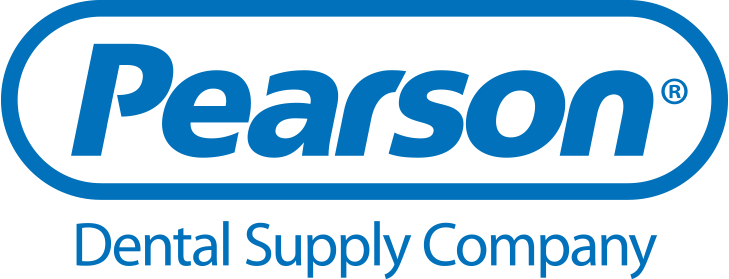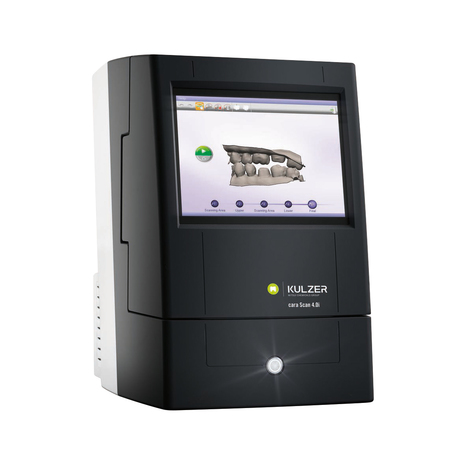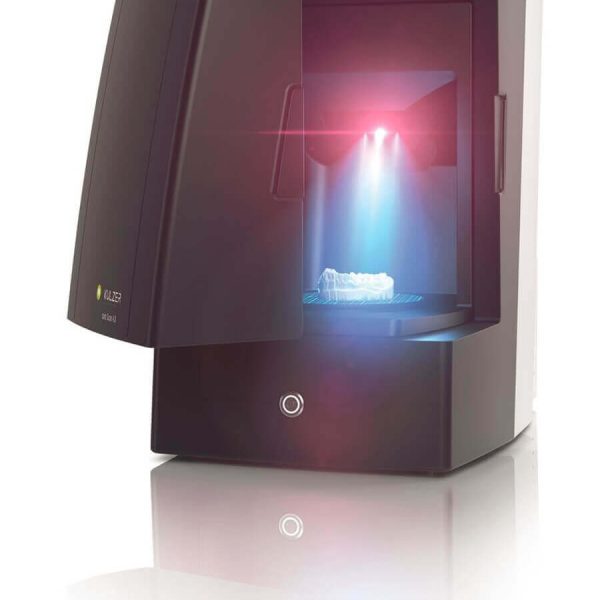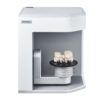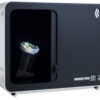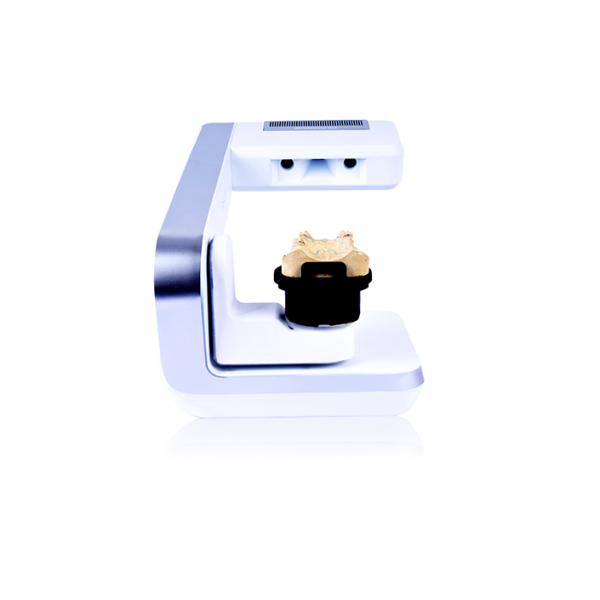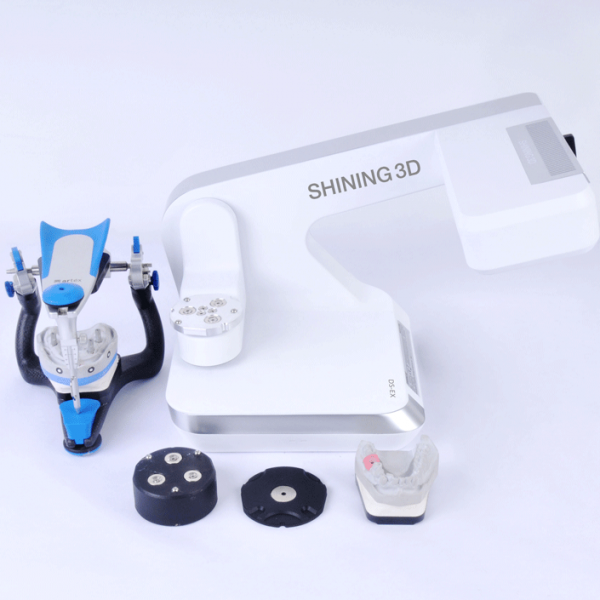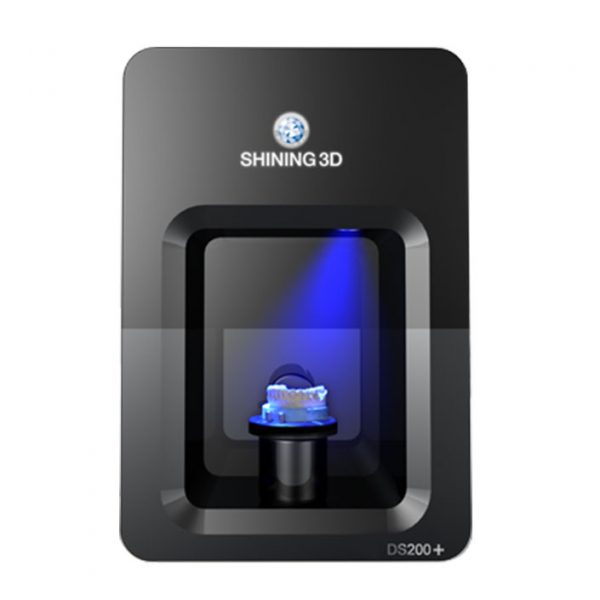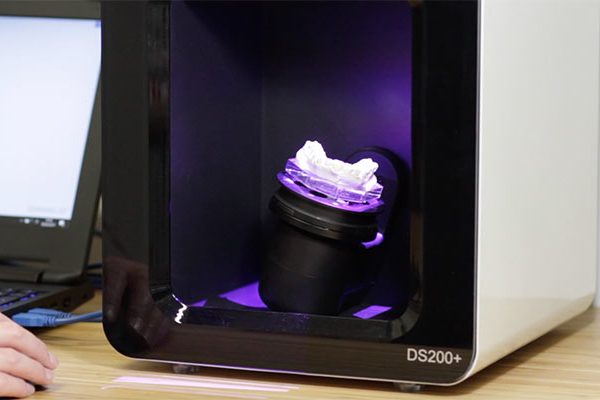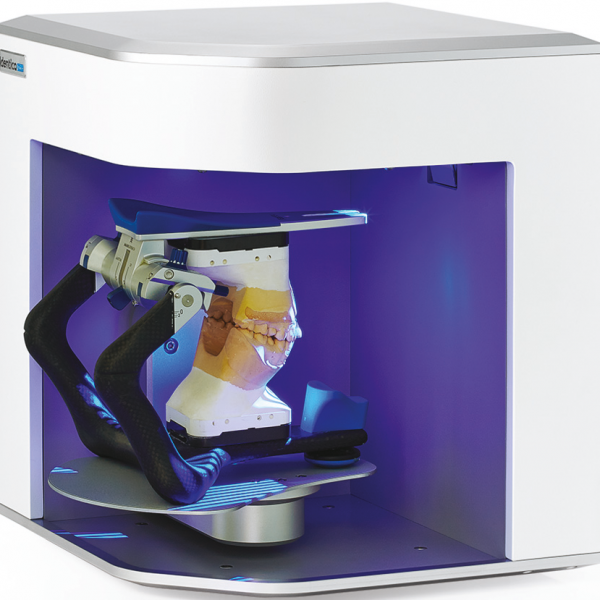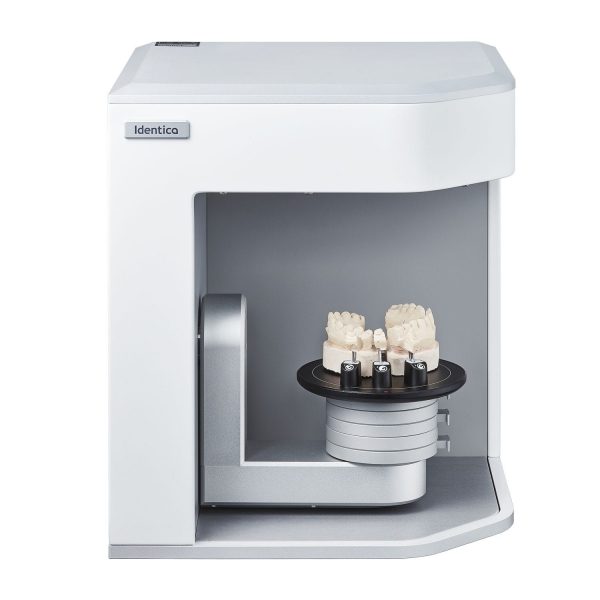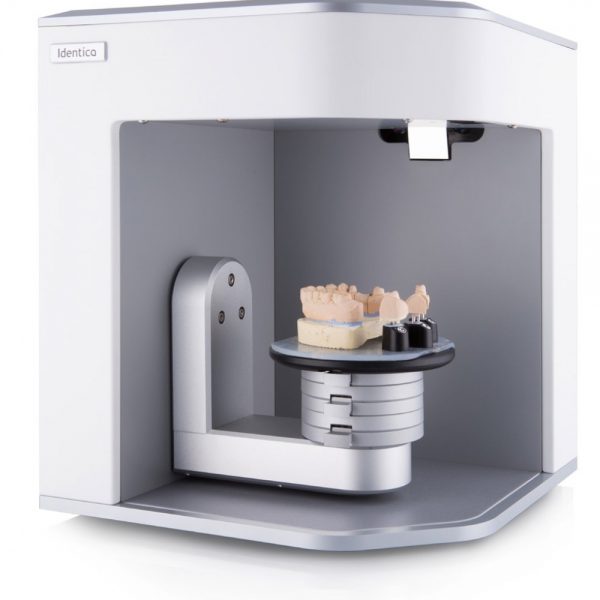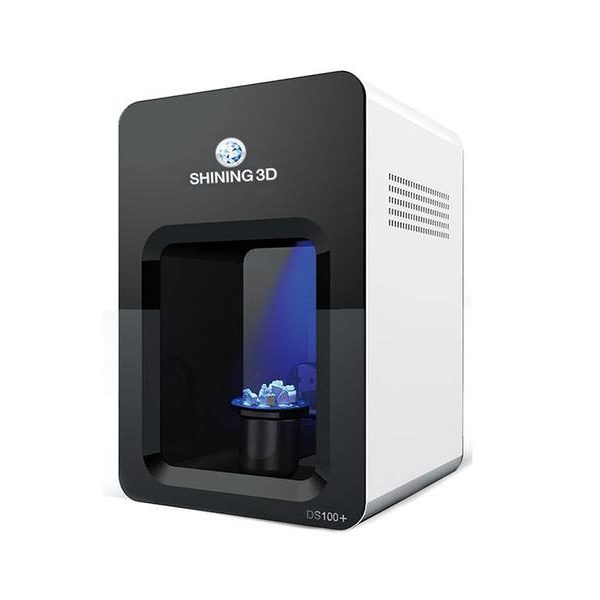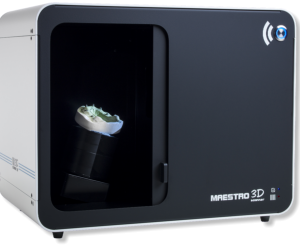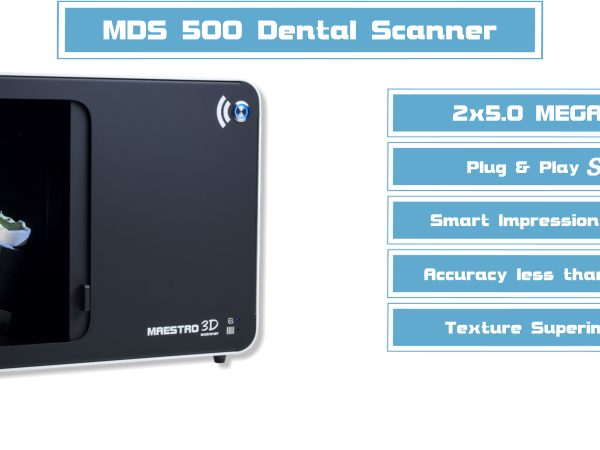FEATURES AND BENEFITS
- Allows clinicians’ to continue use of their preferred impression-taking methods, whether that be triple trays or single or double full-arch trays.
- Eliminates the need to package and mail impressions to the dental laboratory, thereby saving time and money.
- Necessitates only that dental assistants place the trimmed impression in the unitholder to be scanned for the creation of a detailed digital 3D file.
- The 3D file is then transmitted electronically to the dental laboratory via the scanner’s built-in server; all-in-one system eliminates the need to transmit data using the office computer.
- The dental assistant uses the scanner’s intuitive touchscreen display not only to scan the impression but also to create an order; files are sent directly to the dental laboratory.
- Dental laboratories save time and reduce their costs by eliminating the need to pour molds and create gypsum models in cases prescribing single-tooth monolithic restorations.
- Patients receive precision-fitted restorations in roughly half the time it takes when using the conventional impression process.
- Requires the use of a scannable impression material, such as Kulzer’s powder-free Flexitime Fast & Scan.
